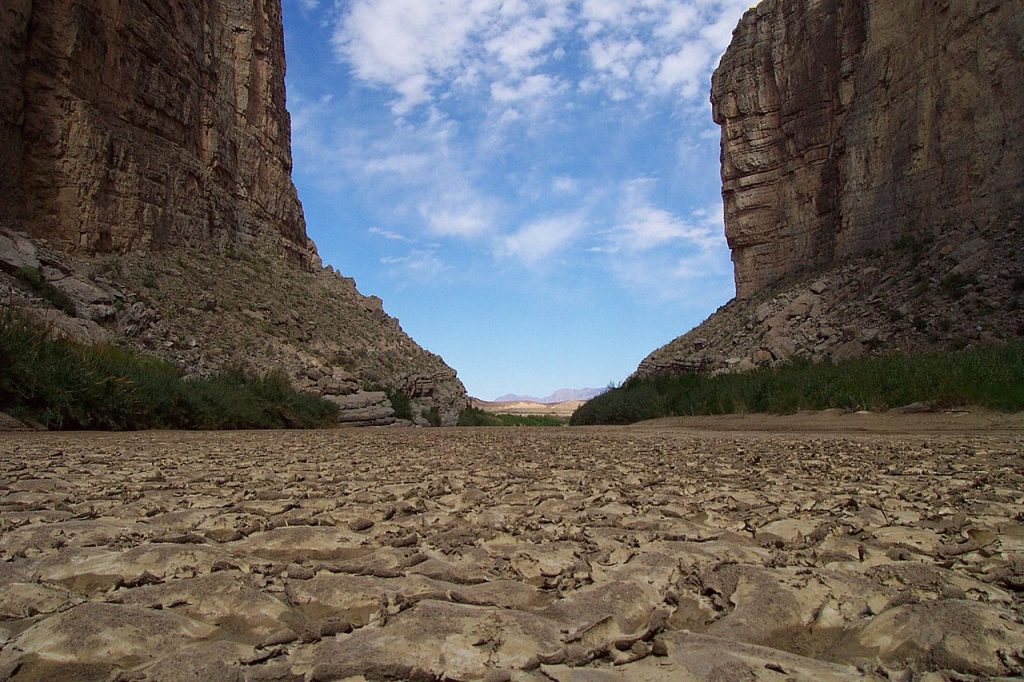Current work in wildlife, rivers, public lands, and climate
Press Releases
Collision of crises threatens Rio Grande and its communities
“The West is experiencing a collision of crises and the Rio Grande is at its center,” said Jen Pelz, Rio Grande Waterkeeper and Wild Rivers Program Director at WildEarth Guardians. “The path forward to a sustainable, climate resilient, living river will require learning to live within the river’s means and developing creative solutions that give a voice to values long ignored including flowing rivers, healthy ecosystems, and equity for human communities.”
This year’s flows in the Rio Grande at the Otowi Gauge in northern New Mexico were estimated at 44 percent of average. The meager flows, the very limited amount of water in storage, and the inability to store spring runoff due to restrictions under the Rio Grande Compact mean very few opportunities for maintaining a connected river or flows to farmers through the summer.
“This is really a worst-case scenario year on the Rio Grande,” explained Pelz. “Our hope is that these conditions will bring urgency and willingness for water managers and other interested communities and organizations to develop a comprehensive suite of solutions to deal with the crippling effects of climate change in an already overallocated river system.”
The Rio Grande’s management in central New Mexico through Albuquerque is guided by the 2016 Biological Opinion issued by the U.S. Fish and Wildlife Service. The document is a collection of commitments made by the federal and state agencies to ensure the survival and recovery of three listed species including the Rio Grande silvery minnow, the Southwestern willow flycatcher, and the yellow-billed cuckoo. The group argues that the existing commitments are not enough to protect the river ecosystem or the vulnerable species given the warming climate and reduced flows in the river.
“As conditions on the river continue to deteriorate due to climate change, the federal and state agencies have a duty to review their commitments and the assessment of harm to the listed species in the Biological Opinion,” said Samantha Ruscavage-Barz, Legal Director at WildEarth Guardians. “We hope this notice letter does what it is intended to do, which is to allow the agencies to engage in dialogue, reassess the situation, and meet the moment with solutions that evolve with the times. We look forward to engaging with the named parties and anyone else who has ideas for sustaining a living Rio Grande.”
Over the two past decades, Guardians and other groups have urged the agencies to implement a water acquisition and leasing program to allow water to be used for environmental flows. These strategies are beginning to be implemented, but there is urgency to bring this program (as well as others) up to scale so that opportunities exist, even in less than ideal years, to help ensure the survival of river ecosystems, meet downstream water obligations, and rebalance inequities to the river and communities.
“It’s becoming crystal clear that the predictions of climate scientists will and are coming to fruition,” added Pelz. “The solutions we thought we had decades to implement to avoid a catastrophe need to be designed and implemented now. It’s like the saying that ‘the best time to plant a tree is 30 years ago and the next best time is now.’”

Some parts of the Rio Grande already experience a dry river most of the year. Photo by WildEarth Guardians.